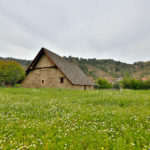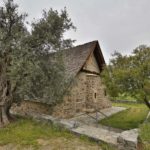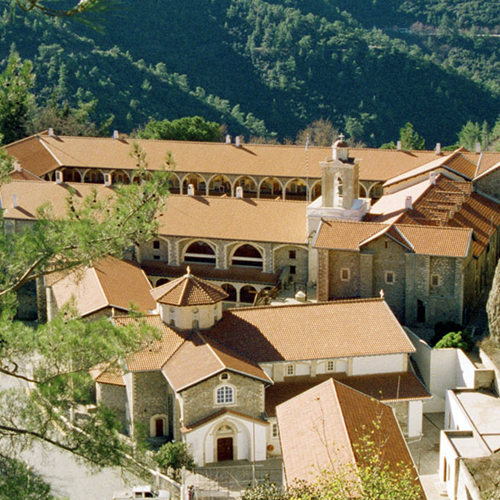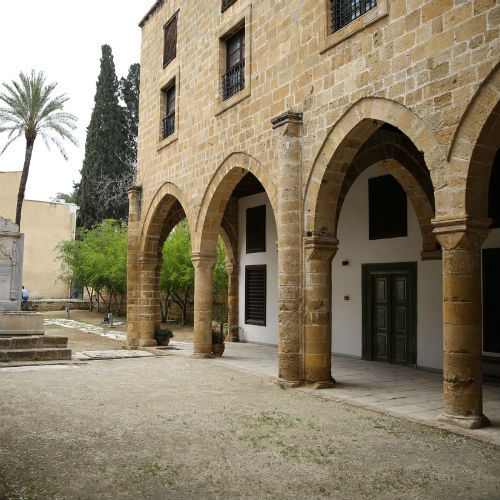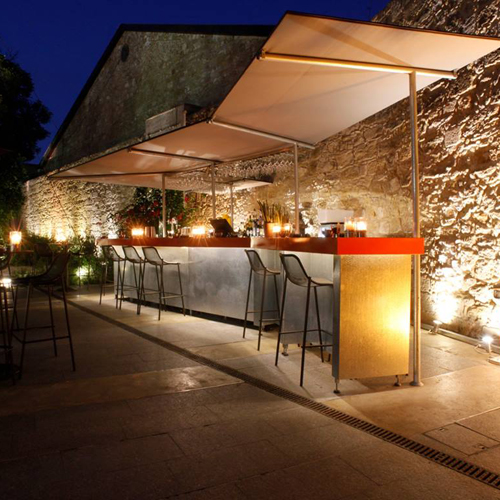Overview
Adorned from ceiling to floor in pre-Renaissance (Italo-Byzantine) art, the church of Panayia Podithou in the village of Galata in the Nicosia district stands as a testament to the Venetian influence in Cyprus at the start of the sixteenth century.
A UNESCO World Heritage Site, the church was constructed in 1502 after a donation from Demetrios de Coron and his wife, Helen. Demetrios was a captain of the barony of Pentageia and was also known for being involved in the political disorder of 1461.
The monastery functioned until the beginning of the nineteenth century, but fell into decline and was finally abandoned after 1821 when the archbishop and other notables were executed following the Greek revolution. The single-aisled building has a steep-pitched timber roof. A portico was later constructed that surrounds the three sides of the church. The interior mural paintings are in the Italo-Byzantine style.
The Italo-Byzantine style is considered to predate the Renaissance style of art, and utilises an elongated style of painting that sometimes appears disproportionate but detailed, with colours such as blue and purple representing royalty.
The village of Galata is famous for its fruits and especially apples, apricots, peaches, cherries, damsons and grapes.


